#Spartacus: House of Ashur: Additional Casting Announced for Starz Spin-Off Series
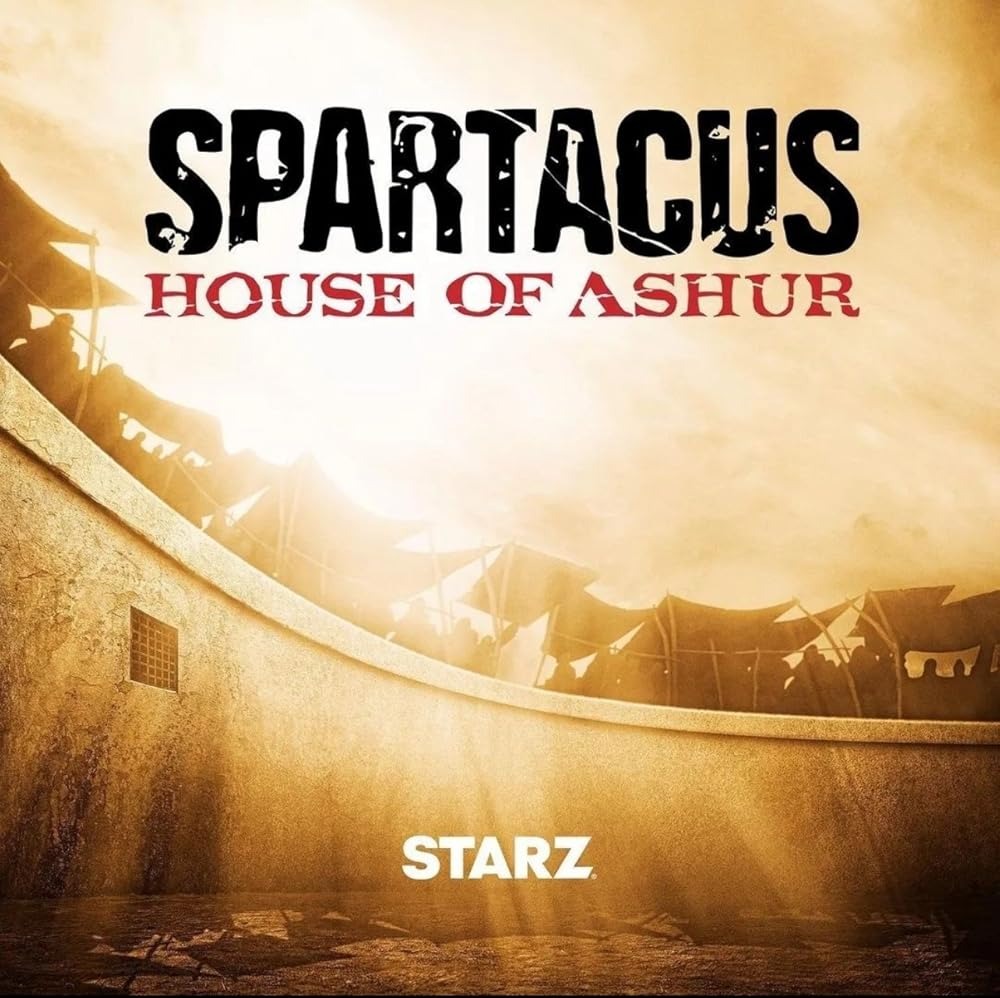
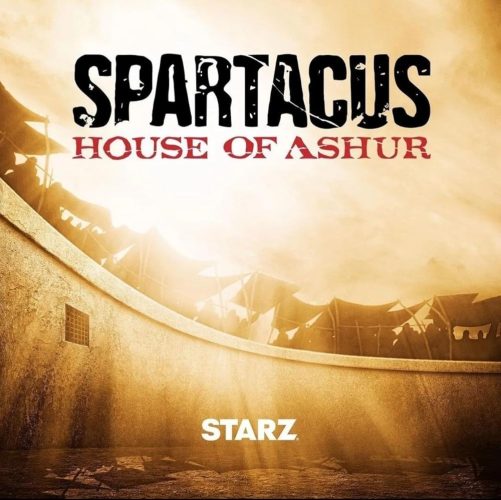
(Photo: Starz)
The cast for Spartacus: House of Ashur has been filled out. Starz has announced several guest-starring roles for the upcoming spin-off series, which is currently being filmed in New Zealand.
Dan Hamill, Andrew McFarlane, Jackson Gallagher, Jaime Slater, Simon Arblaster, Arlo Gibson, Cameron Rhodes, Evander Brown, Graham Vincent, Louis Hunter, and Donald Ross are joining the previously announced Graham McTavish, Tenika Davis, Jamaica Vaughan, Ivana Baquero, Jordi Webber, Claudia Black, India Shaw-Smith, Leigh Gill, and returning Nick Tarabay. The Starz series is an alternative take on history seen in the original series. In this version, the villainous Ashur (Tarabay) does not die.
This is the fifth series in the Spartacus franchise, which began in 2010 with Spartacus: Blood and Sand. The franchise previously ended in 2013 with Spartacus: War of the Damned.
Ten episodes are planned for the spin-off series, which is being described as follows:
“Spartacus: House of Ashur” will be a history-bending, erotic, thrilling, roller-coaster experience that builds on everything that made the original series a colossal hit. The series poses the question: what if Ashur, played by fan favorite Nick Tarabay, hadn’t died on Mount Vesuvius at the end of “Spartacus: Vengeance?” And what if he had been gifted the gladiator school once owned by Batiatus in return for aiding the Romans in killing Spartacus and putting an end to the slave rebellion?
Photos of the cast additions are below. The premiere date for the upcoming series will be announced later.
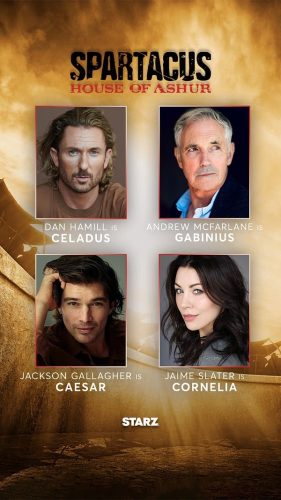
(Photo: Starz)
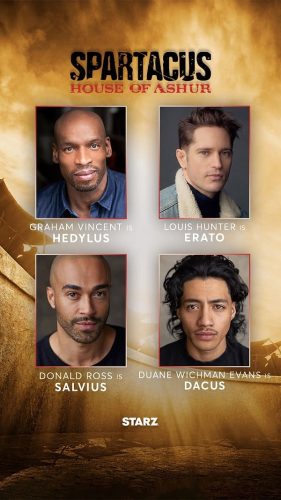
(Photo: Starz)
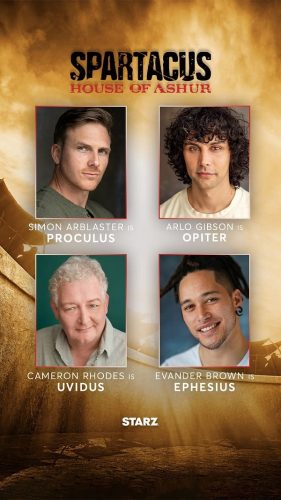
(Photo: Starz)
What do you think? Have you watched any of the previous seasons? Do you plan to watch this new addition to the Spartacus franchise?
If you liked the article, do not forget to share it with your friends. Follow us on Google News too, click on the star and choose us from your favorites.
If you want to read more News articles, you can visit our General category.